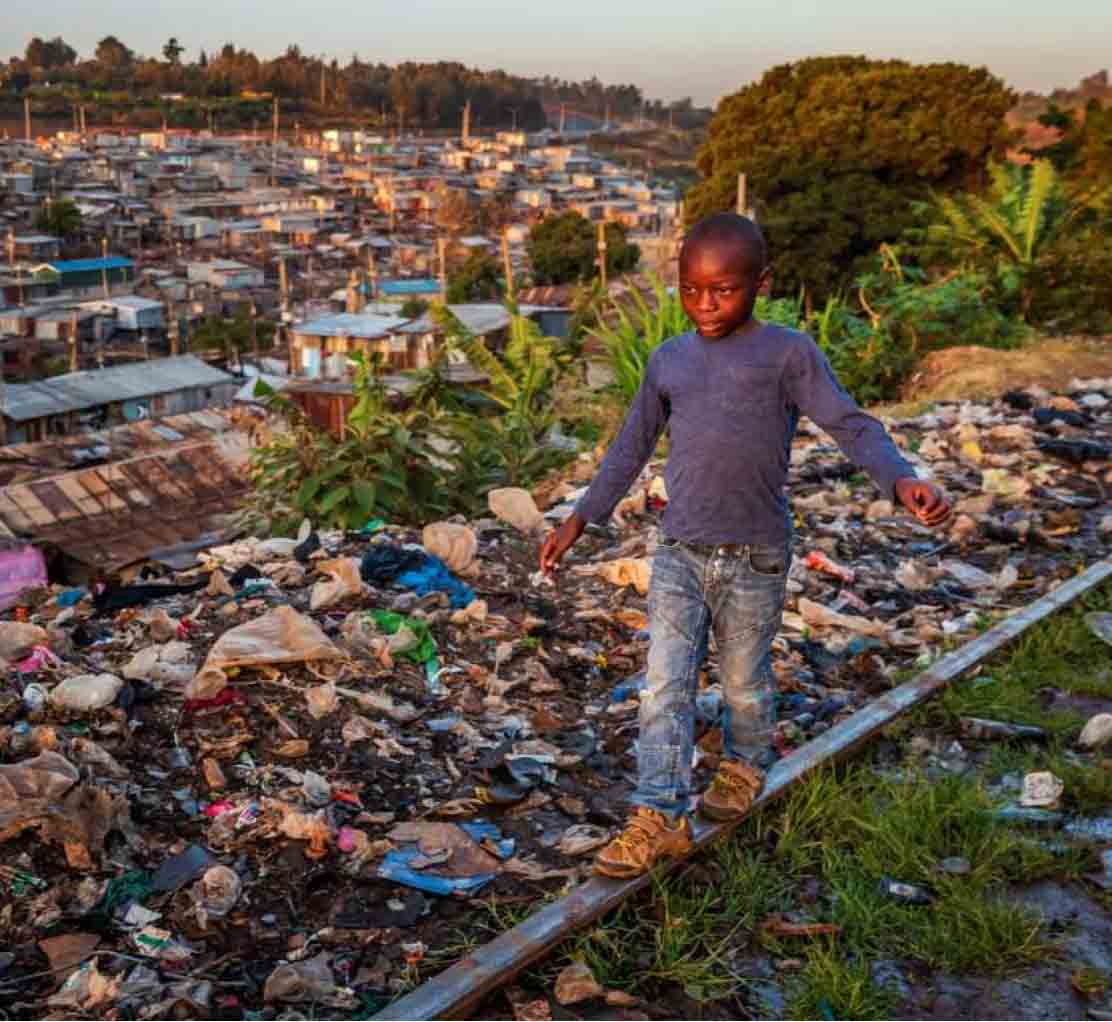
Alexis Phillips 
Masters in Renewable Energy Engineering - Universitat Politècnica de Catalunya and Instituto Superior Técnico Lisboa
Waste management is a critical component of urban infrastructure and public health, and is necessary for the long-term success of any city. Proper waste management provides its citizens with a healthy and clean environment and attracts satisfied and productive residents. This article will dive into the top challenges regarding Kenya’s overwhelming waste management dilemma.
Kenya’s booming population has led to a staggering amount of waste
Kenya’s population is booming at 54 million people, doubling since 1995 due to life expectancy drastically improving. By 2050, Kenyans are projected to reach 85 million, with 50% of the population living in urban areas and informal settlements.
With this healthy population growth, waste generation has also multiplied and must be urgently and carefully planned for before the problem spirals out of control. For instance, in Mombasa, the second largest city in Kenya, only about half of the 1.4 million inhabitants have access to formal solid waste collection services (see below).

Waste management not treated as a priority by public officials
Unfortunately, the limited budgets set by public officials for waste management collection, transportation, disposal, and modern technology investments are not keeping up with the staggering pace of population demand. Currently, no urban area in Kenya has a proper sanitary landfill, so most solid waste is dumped in open sites, undesignated areas, or burned.

In Nairobi, only about one-third of the city’s waste is legally disposed of, 95% of which is controlled by the private sector. By leaving waste management to the private sector, only those who can afford these services have access, leaving the poor without any solutions other than illegal dumping.
Securing available public land for disposal sites is also tricky, as no one wants a landfill in their backyard. The alternative to keeping voters happy is for officials to choose environmentally sensitive areas such as riverbanks, forests, and wetlands as dump sites, which are polluting the local water, soil, and ecosystem.
Lack of waste segregation for recycling, composting, and energy recovery
Despite 50-80% of Kenya’s general waste stream being comprised of recyclable materials, there is minimal waste segregation as this process takes significant time and money. The main categories of waste streams are:
- Recovery: materials used for energy recovery (recyclable materials but with a different purpose)
- Composting: biodegradable organic matter such as plants, animal hair, and food scraps
- Recycling: electronic waste ("e-waste"), tires, scrap metal, plastic, paper, aluminium, and glass
- Disposal: hazardous materials like paint, cleaner, batteries
Ideally, the waste is separated before being collected at the household, business, city, or industrial zone; however, there is low public awareness of recycling facilities and few available composting locations. This shortfall of waste infrastructure leaves waste picking to the impoverished and destitute, a dangerous job that risks their health. There is also a lack of individual responsibility in Kenya, resulting in ample littering, illegal dumping, and open burning without any guilt.
Waste management is a key challenge for any developing nation. Through innovate solutions, public awareness, and government assistance, Kenya will be able to tackle this problem and improve their public health by maintaining a clean and harmonious environment to live in.

